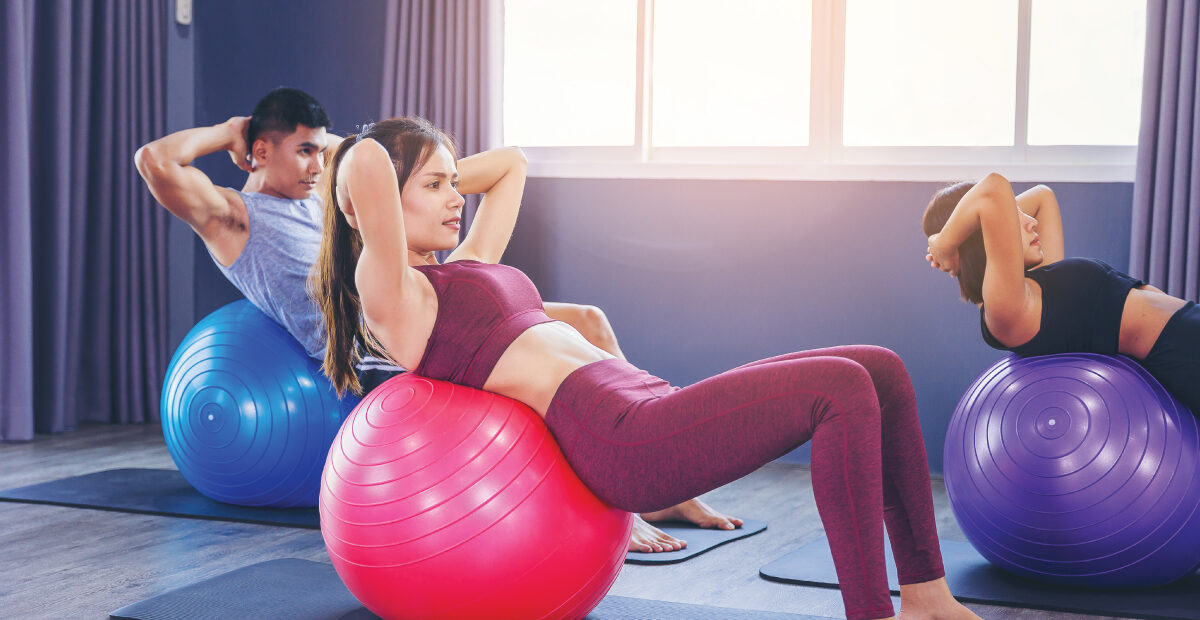
Choosing the Right Gym Ball for Your Everyday Workouts
Gym balls, also known as exercise balls, stability balls, or yoga balls, are a popular fitness accessory that can help with everything from balance exercise to core training, pilates, and yoga. However, with tons of options available out there, which is the right one for you?
When choosing a gym ball, consider these two key points:
1) User height
2) Training volume
If you want to determine the correct gym ball size for your fitness program, you need to first start with user height. Start by sitting upright on the gym ball. Bend your knees at a 90-degree angle and align your hips with your knees. If you notice that your hips end up falling below the knee bend, then the ball is small. The ball is too big if your hips are above your knees.
The popular size for group classes is 55-65 cm since most people are 5’1”- 6’1” tall. You can also opt for a 45cm gym ball for kids and a 75 cm one for people over 6’2”.
The other consideration to consider when selecting a gym ball is the training volume or in other words, how often will it be used? Gym balls are crafted from PVC that varies in thickness. If a gym ball is intended to be used many times a week, a heavy commercial-grade material construction should be preferred.
We recommend opting for the Fitness World Gym Ball, as you are sure to get your investment’s worth. It is available in various sizes – 65 cm, 75 cm, 85 cm and is made with durable and high-quality material.
The next step after opting for the ideal gym ball is to protect your investment with regular inspection and proper storage.
Gym Ball Storage
Gym balls do end up taking up a lot of storage space. However, by adding a storage rack, you can maximize your training space and reduce your storage space.
Gym Ball Inspection
Fitness equipment inspection is vital to ensure that it is in proper working condition and free from hazards. When inspecting gym balls, listed below are a few things you must watch for:
1) Does it Hold its Shape?
Look for deformities or slow air leaks that could have occurred due to usage or the environment.
2) Is it Inflated to the Recommended Diameter?
Keep in mind that under or over-inflation can drastically reduce the lifespan of the gym ball.
3) Look for Gouges, Worn Spots, Scratches, or Cuts on the Exterior
Typical wear and tear might result over a period of time and cause structural vulnerabilities.
Final Takeaway
Lastly, keep track of when you started using the gym ball. In commercial use, high volume setting, gym balls must be replaced with a new one every 9-12 months. For a home gym, depending on your usage, you can replace it after 18-24 months.


